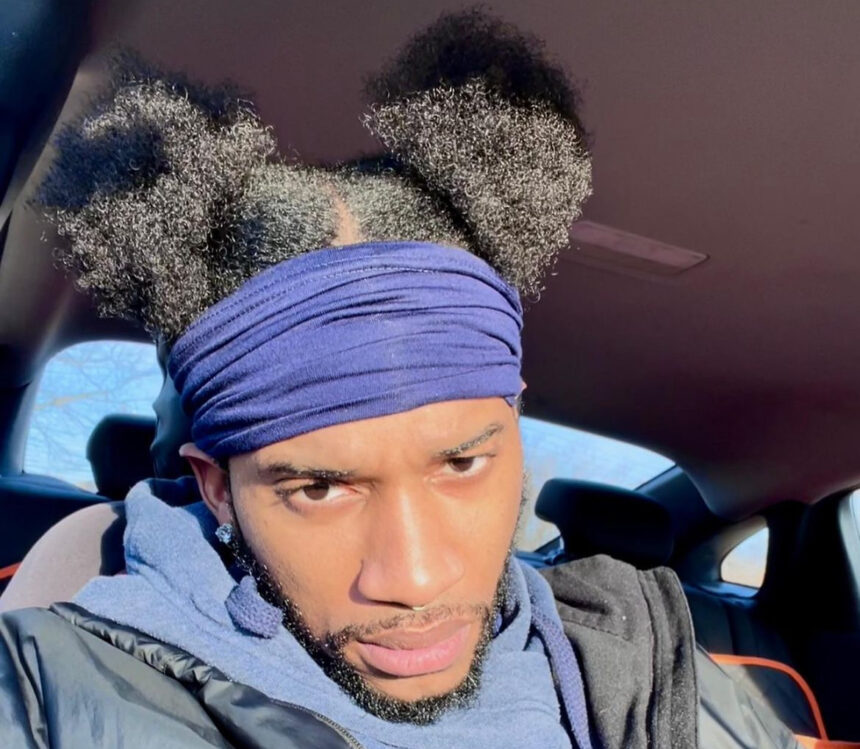Introduction to the trend of students unbraiding their teacher’s hair
Have you noticed the latest trend sweeping through classrooms? Students unbraiding their teacher hair is becoming a delightful act of connection. What was once an ordinary day in school can transform into a unique bonding experience, sparking laughter and creativity among students and teachers alike. This playful ritual goes beyond mere fun; it taps into rich cultural traditions while fostering stronger relationships within the classroom. Let’s explore this fascinating phenomenon and uncover why it’s capturing hearts—and hair—across schools everywhere!
The cultural and historical significance of braids
Braids have long been more than a simple hairstyle; they carry deep cultural significance around the world. Many indigenous cultures view braiding as a form of storytelling, each twist and turn symbolizing heritage and identity.
In ancient Egypt, braids adorned both men and women, often signifying social status or marital status. West African tribes celebrate intricate braiding techniques that represent community ties and personal expression.
In modern times, celebrities have popularized various braided styles in mainstream fashion. This has brought attention to their rich backgrounds but can also dilute their original meanings.
Understanding this history helps shed light on why students might be drawn to unbraiding teachers’ hair—a playful yet profound act that connects generations through shared experiences related to beauty rituals and self-expression.
Why students are drawn to unbraiding their teacher’s hair
Students are naturally curious. This curiosity often extends beyond textbooks and classrooms, leading them to explore personal connections with their teachers.
Unbraiding hair serves as an engaging way for students to break down barriers. It transforms a formal environment into one that feels more relaxed and intimate. The act itself can be seen as playful and innocent.
Additionally, many students look up to their teachers as role models. They admire the styles they choose, which makes unbraiding feel like an opportunity for bonding and expression.
There’s also a cultural aspect at play. For some, unbraiding is rooted in shared traditions or familial practices. It becomes a bridge connecting generations through simple yet meaningful interactions.
This trend fosters creativity while allowing students to express themselves within the safe confines of the classroom setting.
Positive effects on student-teacher relationships and classroom dynamics
Unbraiding a teacher’s hair has become a charming ritual in some classrooms. This playful act fosters trust and openness between students and teachers.
When students engage in this activity, it breaks down barriers that often exist in traditional educational settings. They see their teachers as more than authority figures; they become relatable individuals.
The shared experience of unbraiding can spark conversations about culture, identity, and personal stories. It creates an intimate space for dialogue, where both sides learn from one another.
Teachers who participate show vulnerability. This encourages students to express themselves freely without fear of judgment.
Such interactions can lead to stronger classroom dynamics where collaboration flourishes. In turn, this positively impacts the learning environment overall. Students feel empowered when they know their voices are heard and valued within the classroom community.
Controversies surrounding the trend and addressing cultural appropriation concerns
The trend of students unbraiding their teacher’s hair has sparked conversations about cultural appropriation. For many, braids are not just a hairstyle but a rich representation of heritage and identity.
Critics argue that when this practice occurs without understanding its significance, it may trivialize the cultural roots behind it. This concern is especially pronounced in predominantly white institutions where such rituals can feel out of place.
Some educators worry about reinforcing stereotypes or perpetuating power dynamics. It’s vital to approach such interactions with sensitivity and awareness.
On the flip side, advocates believe these moments can foster connection if done respectfully. Open dialogues between students and teachers can create mutual respect for different cultures while celebrating individuality in the classroom setting. Addressing these concerns requires ongoing education around cultural practices and shared experiences.
Tips for teachers on embracing this trend in a respectful and inclusive manner
Teachers can navigate the trend of students unbraiding their hair by fostering an open dialogue. Start with conversations about hair culture in class. This sets a positive tone and encourages respect for individual backgrounds.
Establish clear boundaries before engaging in any hairstyling activities. It’s essential to ensure that both students and teachers feel comfortable participating. Consent should always be prioritized, making it a mutual experience rather than one-sided.
Consider incorporating lessons on braiding techniques from various cultures into your curriculum. This not only educates but also instills appreciation for diversity in hairstyles.
Encourage creativity by allowing students to showcase their personal styles during designated days or events. Celebrate differences while keeping the atmosphere inclusive fosters stronger bonds between everyone involved.
Remain aware of cultural sensitivities surrounding hair practices, ensuring that all interactions are respectful and informed.
Conclusion: Embracing diversity in the classroom through hair braiding rituals
The trend of students unbraiding their teachers’ hair has sparked conversations about culture, connection, and creativity in the classroom. This unique ritual goes beyond mere curiosity; it symbolizes trust and a willingness to break down barriers.
As educators navigate this phenomenon, embracing the practice with respect can foster an inclusive environment. It encourages dialogue about cultural significance while allowing students to express themselves creatively. Teachers who approach this trend thoughtfully can strengthen relationships with their students, creating a more cohesive learning atmosphere.
Participating in hair braiding rituals offers a valuable opportunity for everyone involved to appreciate diversity. By promoting understanding and respect through such practices, classrooms can transform into spaces where all voices are celebrated—one braid at a time.



